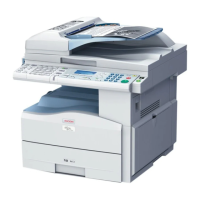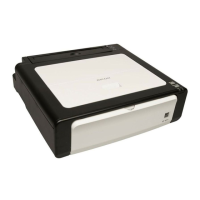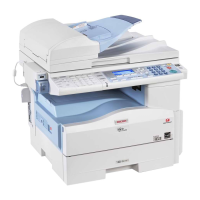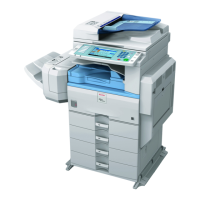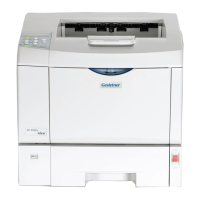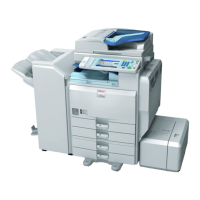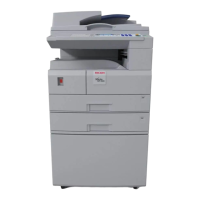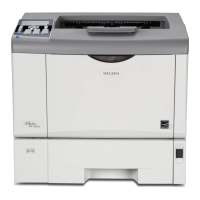Printing Process Overview
Drum Charge
The charge roller [1] gives a negative charge to the organic photoconductive (OPC) drum. The charge
remains on the surface of the drum because the OPC layer has a high electrical resistance in the dark.
Laser Exposure
The image data is projected onto the drum by two laser beams [2], which form an electrostatic latent image
on the drum surface. The amount of charge remaining as a latent image on the drum depends on the laser
beam intensity, controlled by the BICU.
Development
The magnetic developer brush on the development roller [3] contacts the latent image on the drum. Toner
particles are electrostatically attracted to the areas of the drum surface where the laser reduced the negative
charge on the drum.
Image Transfer
Paper is fed into the area between the drum surface and the transfer belt [4] at the proper time to align it
with the image on the drum. The transfer bias roller applies a high positive charge to the reverse side of
the paper through the transfer belt. This positive charge pulls the toner particles from the drum surface onto
the paper while the paper is electrostatically attracted to the transfer belt.
6. Details
308
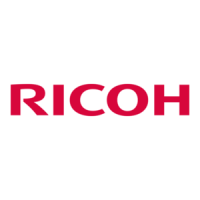
